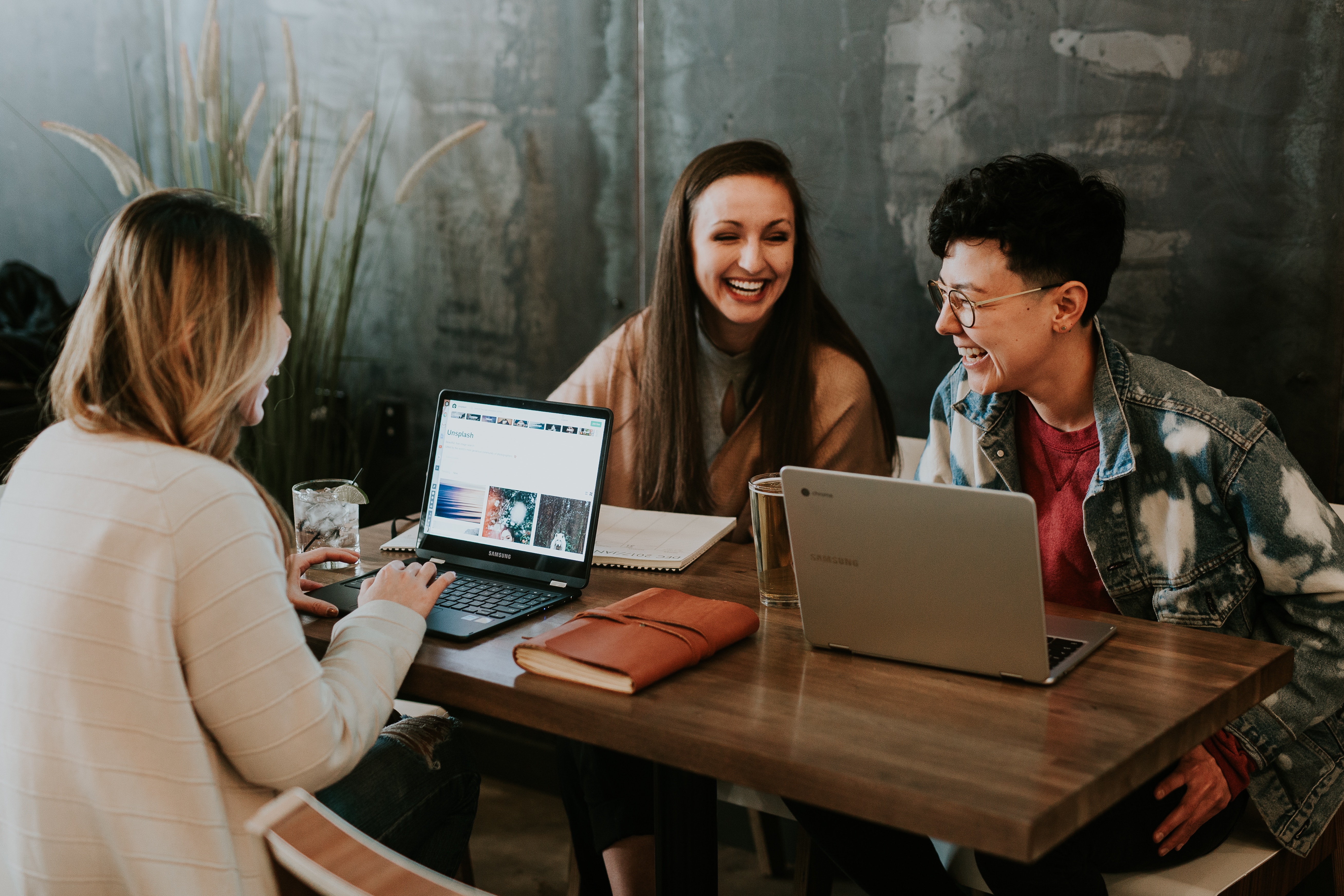The New York socialite Mabel Dodge knew how to put talented, engaging, creative people from different backgrounds into the same room to collaborate. With the right atmosphere and combination of people, she knew ideas could ignite that might inspire creative action.
Dodge left glitzy Manhattan in the 1920s for the stark yet stunning frontier of Taos, New Mexico. There, she fell not only for the natural beauty of the surrounding mountains but also for a tall, strapping native named Tony Luhan. Together, Mabel and Tony built a farmhouse with rooms to house an astounding array of creative innovators – Georgia O’Keeffe, Ansel Adams, D.H. Lawrence, Willa Cather, Carl Jung among them.
That house is, essentially, where Taos became known as the Southwest’s epicentre for creative activity – emphasizing how important creative collaboration is for an individual, a business, and an idea.
Do-it-Yourself is a Myth
Professionals, creatives, and entrepreneurs often think they must suffer their projects alone. Often, we start a business, embark on an ambitious project, or attempt to grow our business on our own – and many of us, especially creatives, thrive on solitude.
Consider Kelly, a singer-songwriter and musician whose next album is about to come out. It’s a momentous launch for her. The first album she’s come out with in ten years since her first son was born, the record came about because of new collaborations with a couple of world-famous musicians. Kelly loves creative solitude. She relishes those moments of uninterrupted creative flow. On the other hand, she especially enjoyed the whole process of developing this album of songs. She said she wanted to give a song that could be played only as a piano ballad to a whole band to see what they could do with the song. Not only that, but the producer challenged the way she played piano to get a new sound on certain tracks. As a result, she felt she grew as a person and as a musician. Now – as she’s on the marketing and branding end of being a musician who wants people to love and buy her record – she also knows she benefits from collaborating with other people on the promotion and platform side.
Here’s the thing: Creative collaboration, along with establishing deep connection with the world around you, offers a combination that can both sustain you and propel you.
In the Tracking Wonder podcast, Pam Slim, author of Escape from Cubicle Nation: From Corporate Prisoner to Thriving Entrepreneur (Portfolio, 2009), Leo Babauta, founder of Zen Habits, and I discuss the importance of optimal collaboration. We all agree that the best collaborative setting occurs when you and your team have a shared purpose, mutual respect, are fully present, are willing to deeply listen to each other, and are open to varying opinions.
But how do we connect? How do we contribute optimally in collaboration?
Opening Our Minds to Creative Collaboration
More than love, more than joy, more than any emotional experience, wonder opens us. It opens our body’s senses to dried leaves floating like brown snow onto the lawn. It opens our hearts to a stranger on a bus or to a baggage-toting relative. It opens our minds to the ideas of a co-worker we previously had pigeonholed.
To foster wonder and thus advance our ideas with more possibility, we must open our minds to collaboration. Here’s how:
Learn to Listen.
Good ideas need space to roam. When you engage in collaborative brainstorming, practice deep, receptive listening. You can practice asking questions instead of inserting your knowledge. Be genuinely curious and receptive to others’ thoughts and opinions.
Focus on Ideas Not Yourself.
People who have more substantive conversations about ideas report being happier than those who don’t. Nothing shuts down a collaborative conversation more than bragging, self-analyzing, or otherwise redirecting the topic back to yourself. When you notice your ego begging for attention, step back in your mind and remember the big idea, the project, the creative problem at hand. Let wonder back in.
Open Up Instead of Size Up.
In brainstorming sessions and collaborative sessions, it’s common for Survivor Brain to size up your potential collaborators. Survivor Brain pigeonholes, labels, and writes off. If threatened in a competition of ideas, Survivor Brain attacks or criticizes. Often, nearly unconscious prejudices can keep you from recognizing the potential value in someone else’s idea.
If you hear your Survivor Brain whispering insults to you about your potential collaborators, whisper back, “Open up, instead of size up. Open up, instead of size up.” Imagine the space between you and your collaborator as a continuum of ideas. It’s up to you to keep that continuum open and fertile with possibility.
Connect Outside Your Field.
Some of the best ideas are found in fields outside of your own, which is why many CEOS and top executives pursue hobbies and non-work related passions outside of the office. In Alex Soojung Kim Pang’s book Rest: Why You Get More Done When You Work Less (Basic Books, 2016), he explores the importance of having hobbies and diversifying our lives, a topic that Soojung Kim Pang, Srini Pillay, author, psychologist, and brain researcher, and I touch on in the Tracking Wonder podcast episode “The Power of Deliberate Unfocus, Rest, & Daydreaming.”
Not only will your hobbies and passions help you be the best, most purpose-led you, but they will broaden your view and open your mind to wonder. Collaboration doesn’t just happen in between nine to five. It happens over dinner with friends, over coffee meetups with successful entrepreneurs, or during creative workshops with strangers.
When you keep your ideas to yourself, you limit your potential to effect real change. When you open your ideas to creative collaboration, why, then, an idea is no longer just yours. It’s the world’s. And that is how change happens.


